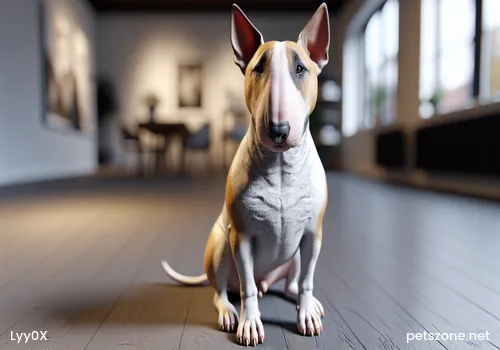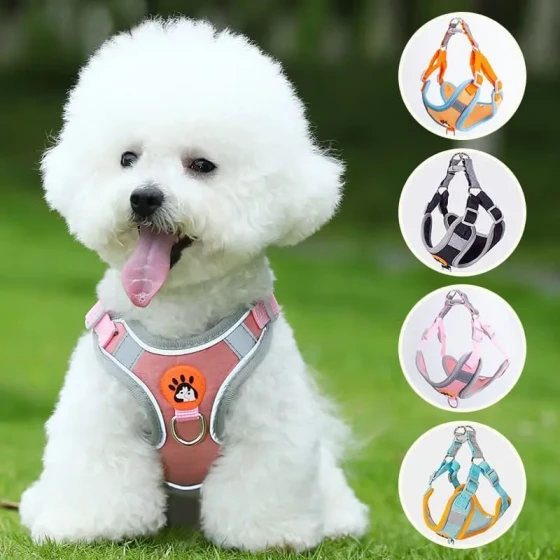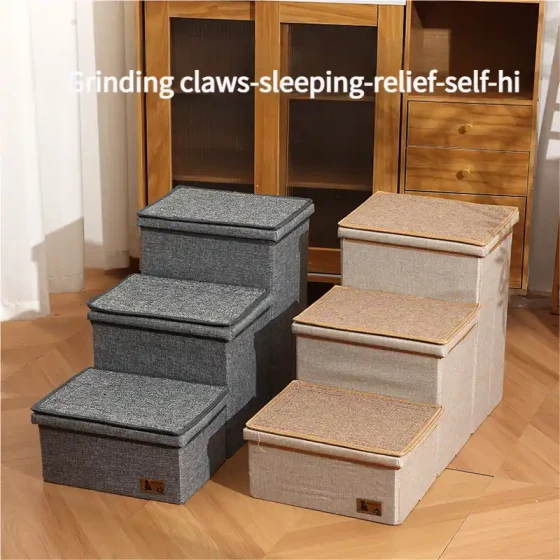Postures for Training Dogs

In evaluations, besides observing whether the dog's appearance is attractive, the quality of the standing posture is also a key to winning. Therefore, dogs should be regularly trained to pose well.
Standing posture: Use the dog's fear of falling by training on a small elevated area like a small table or raised wooden board. First, place the dog on the table so its hind legs are close to the edge. When you release it, the dog will feel weak in its limbs and want to lie down due to fear of falling. At this point, one hand supports its chest or chin, while the other gently pulls the dog's tail backward — be careful not to pull just the fur to avoid pain. The hand supporting the chest also pushes backward to prevent the dog from sitting down. When the dog finds its hind legs losing support and stepping backward would cause a fall, it instinctively leans forward and straightens up, firmly planting its front legs with toes tightened, presenting a standard posture with four limbs straight and head held high. Repeating this method multiple times teaches the dog, so later even on flat ground, pulling the tail backward triggers this beautiful standard posture reflexively.
Sitting: This is trained in combination with other commands. The dog should sit down quickly and correctly upon hearing the command and maintain the posture for a certain time.
During training, have the dog stand on the owner's left side. Issue the "sit" command while lifting the collar with the right hand and pressing the dog's waist with the left hand. When the dog is forced to sit by this mechanical stimulus, reward immediately. After repeated training, the dog will learn to sit. On this basis, combine hand gestures for training. For sitting facing forward, extend the right upper arm outward, keep the forearm vertical with the palm facing forward forming an "L" shape; for sitting on the left side, gently tap the dog's left belly with the left hand. Once the dog performs the "sit" reliably, gradually extend the sitting duration from 3-5 seconds up to over 5 minutes.
Lying down: This action should be trained after the dog learns to sit. There are two methods: First, the owner stands on the dog's right side facing the dog, holding food in the right hand. Slowly move the food downward from above the dog's mouth while issuing the "lie down" command and pulling the lead downward for stimulation. The dog, under the lure of food and mechanical stimulation, will lie down and gets rewarded immediately. As the conditioned reflex forms, gradually remove rewards and stimuli. The second method is after the dog sits, the owner squats down and holds each of the dog's front legs, stretches them forward while pressing the dog's shoulder blades with the left arm to make the dog lie down, then reward with food. Then train the dog to perform the action at a distance combined with gestures (left arm hanging down, palm forward and downward, moving up and down) to improve performance, extend command distance, and maintain lying down for over 5 minutes on command and gesture.
Standing: For training, first command the dog to sit, then gently pull the lead and give the "stand" command and gesture (right arm extended toward the dog, palm up). Reward when the dog stands. The owner should gradually move away to extend standing time. On this basis, develop the dog's ability to stand on hand signal or command and to sustain the posture for a certain time.
Bowing: Based on the "standing" action. The owner stands opposite the dog, first giving the "stand" command. When the dog stands steadily, issue the "thank you" command while holding the dog's front paw and moving it up and down. After repeating several times, give stroking and food rewards. Then move farther from the dog and give the command without hand assistance. If the dog cannot perform, repeat until learned. Simple hand signals may be added at first but avoid creating conditioned reflexes to gestures. Once stable, the "thank you" command alone triggers a smooth sequence of standing and bowing without needing two commands. (Source: PetsZone)



-560x560.webp)